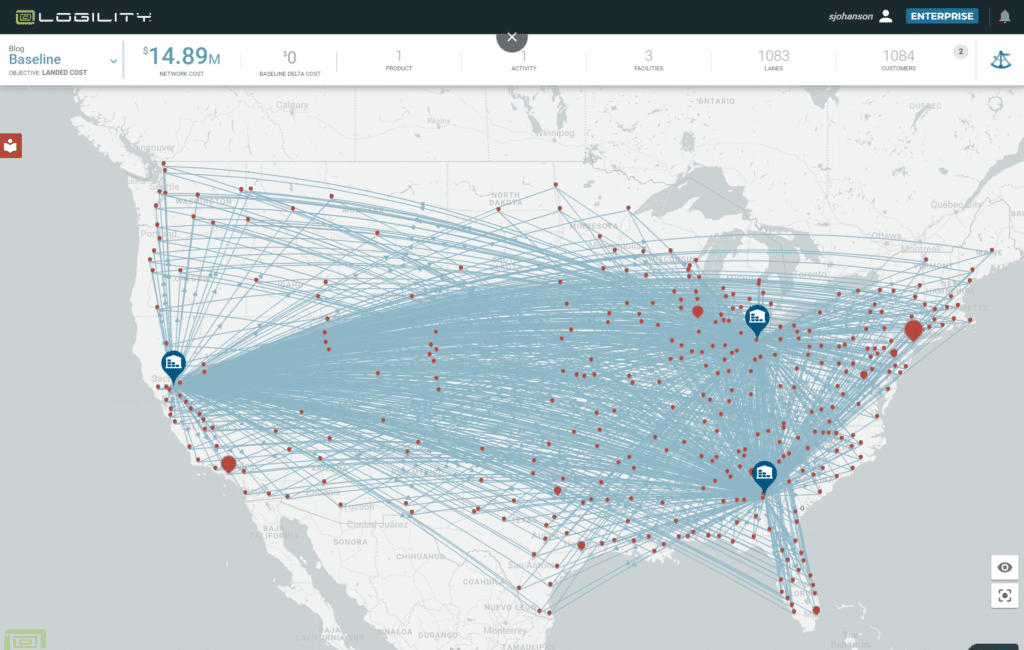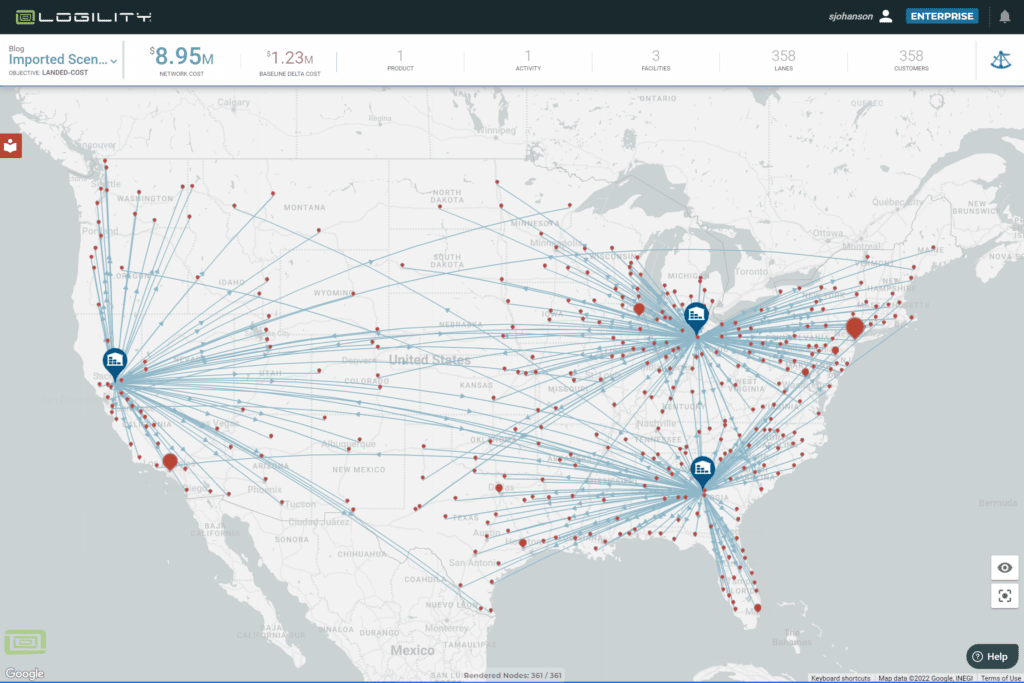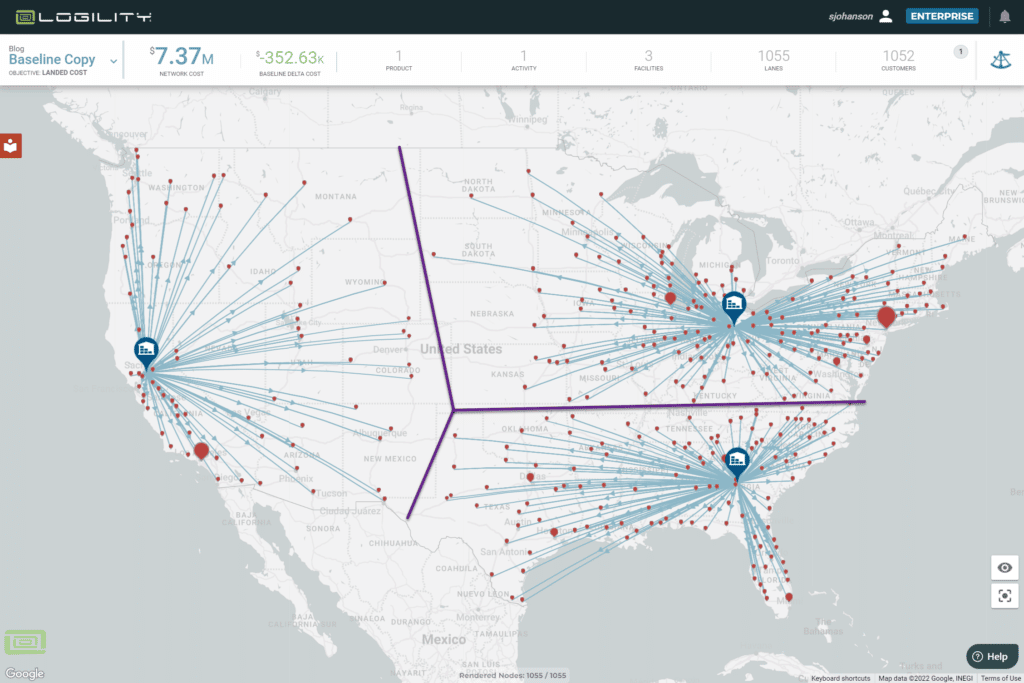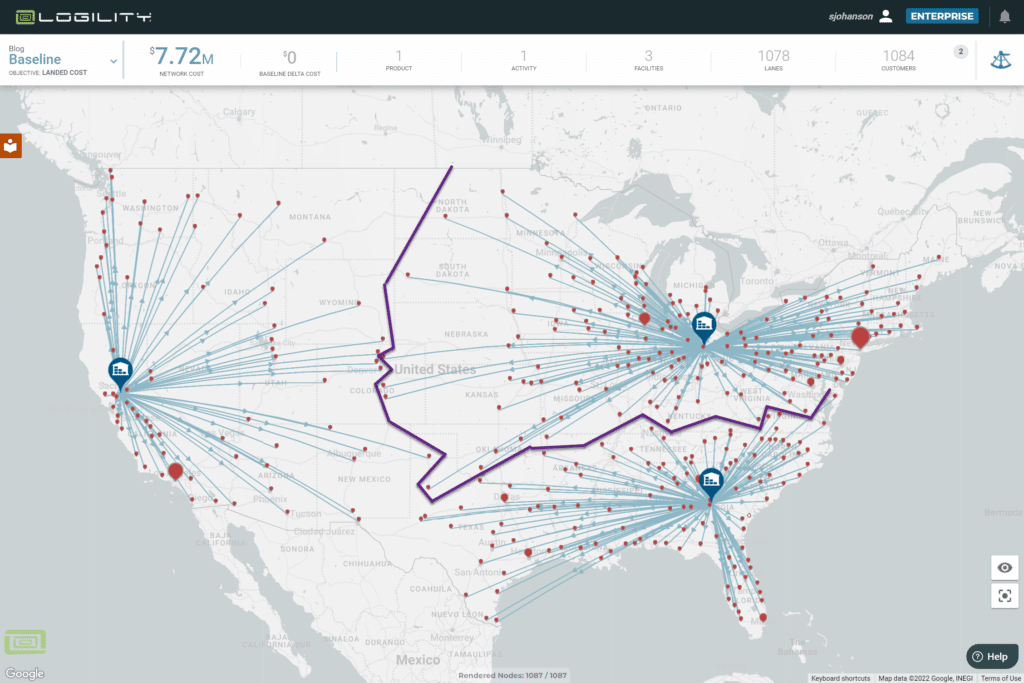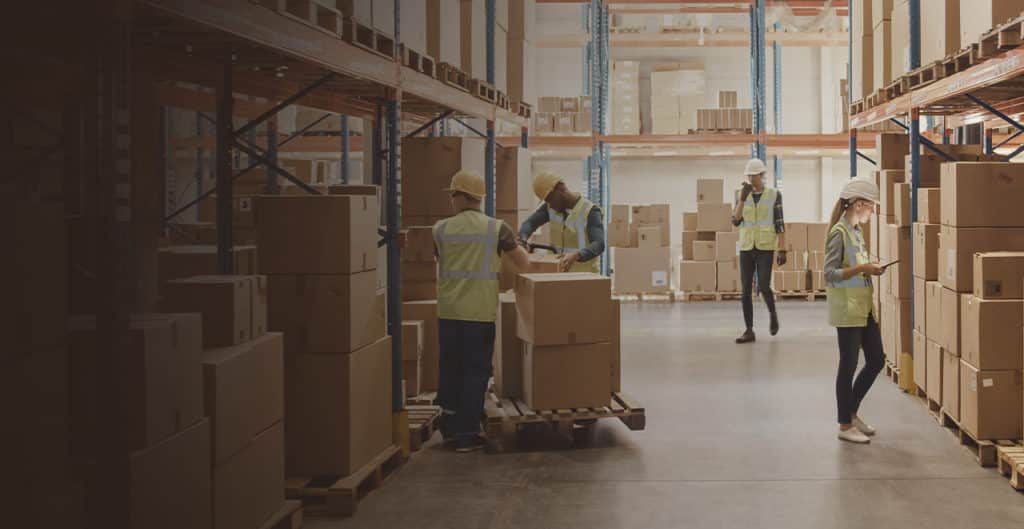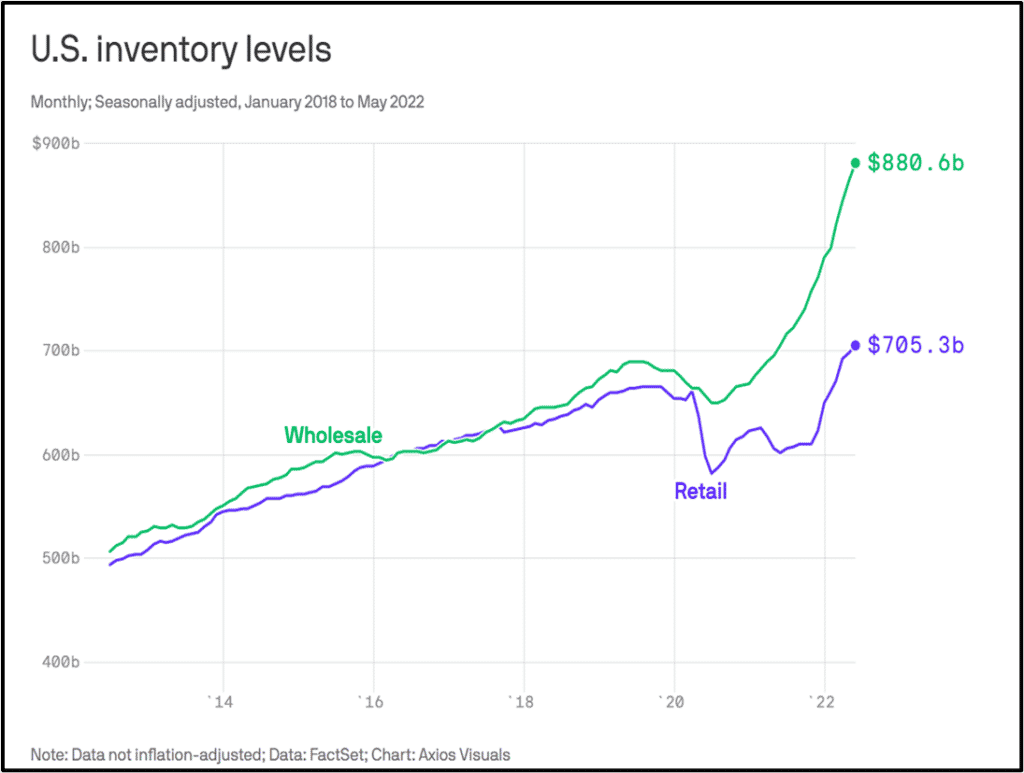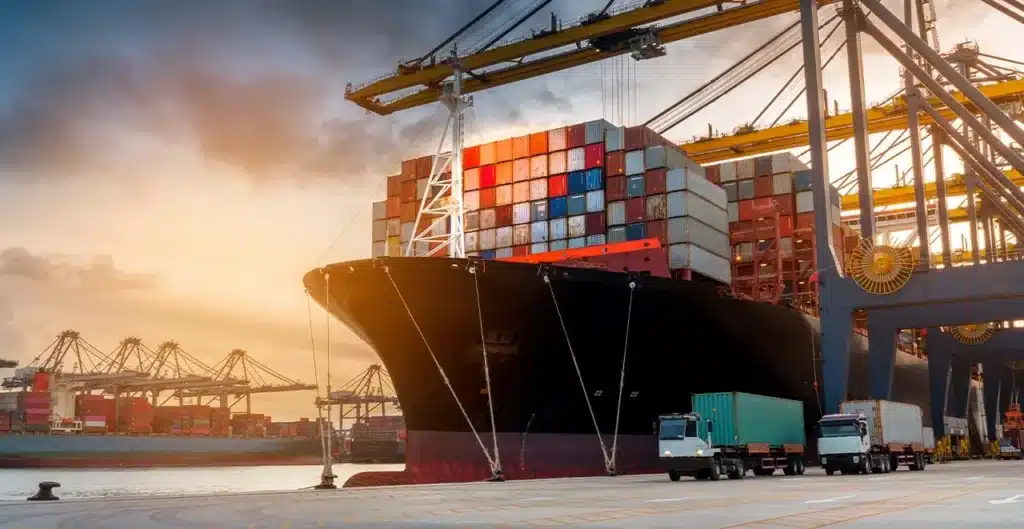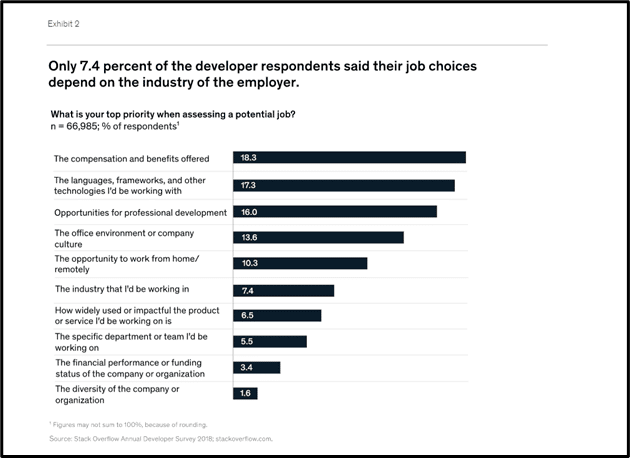Supply chain organizations are like any other part of a business – they’re always moving, changing, and trying to produce and deliver outcomes faster, more efficiently, and to everyone’s satisfaction. But even the most high-performing supply chains have process, infrastructure, and technology gaps that can become problematic if not addressed early.
According to Gartner1, fewer than 10% of companies have mastered a balance between cost management, customer service, risk mitigation, and growth investment. The reason is apparent: keeping pace with every shift requires more than implementing a new application or technology to an already growing patchwork of digital assets.
To get out of this rut, businesses must let go of their traditional assumptions, processes, and decision-making behaviors and start restructuring their operations at the foundation and upward with a digital supply chain platform that provides network optimization.
The Core of Today’s Supply Chain Challenges
After nearly three years of unprecedented supply chain turbulence, businesses and their extended partner networks are still encountering risks posed by an abundance of economic, social and environmental challenges. Labor strikes, geopolitical conflicts, capacity and supply shortages, and an increase in natural disasters – these disruptive events and more are magnifying how woefully unprepared organizations are to handle dramatic shifts.
Common struggles include:
- Data to build the supply chain network model is distributed over many systems and not normalized for immediate use
- Some necessary data is unknown, such as freight rates and labor costs
- Current tools for network design are not agile enough to offer multiple solutions to a challenge and allow decision makers to embed their own knowledge
- Current methods for network design are not easily repeatable, not fast, and not optimized
Poor modeling and the inability to act on decisions can result in a loss in cost efficiencies whenever the supply chain is updated – whether adding to the original design or unintentionally adopting a new practice. That is a large chunk of money being left on the table by anyone’s standards.
Your business can take ownership of these savings by treating every change as an opportunity to evolve your supply chain design. Even small changes such as identifying an alternative supplier is a great moment to determine how to optimize your entire supply network’s synergy by evaluating the total landed cost and net service impacts to the system and placing the decision in the context of a dynamic plan.

The Solution: Continuous, Repeatable Supply Chain Network Design and Optimization
The solution is not to tear down the supply chain and rebuild it whenever you want to transform. It’s just too complex and time consuming to do a project on a monthly, quarterly, or semi-annual basis that is usually undertaken every 3.7 years, on average. Instead, supply chain leaders need to view supply chain redesign as a continuous initiative with no beginning or end date.
This is where a supply chain network design and optimization solution is tremendously relevant. The technology allows you to automatically analyze and measure failures and inefficiencies to drive actions that modify or improve the network’s design. The integration of machine learning, predictive analytics, data visualization, and interactive dashboards also empowers you to rethink your operations on a more granular level.
You can reach decisions that drive continuous network design and optimization – not short-term gains at the expense of the future – for example:
- Scenario evaluation and simulation to adjust the network-wide master schedules and distribution plans in response to curtailment of production in regions heavily impacted by labor and capacity shortages
- Smooth transition to new ways of working remotely, enabled by shared visibility, messaging, and remote collaboration within a single version of the operating schedule
- Scheduling of operations in labor-intensive factories that accommodate new government regulations and industry requirements
By supporting a comprehensive approach to continuous, repeatable network design and optimization, a network optimization solution as part of a digital supply chain platform helps realign organizational goals by reframing decision-making as an opportunity to fulfill demand more profitably. This dramatic shift in decision-making helps avoid the traps and limitations of functional approaches to cost reduction and efficiency gains. Now, supply chain leaders like you can develop network operating diagnostics for awareness and systemic analysis of major sources of monetary, resource, and inventory waste and risk.
For every supply chain leader, recent disruptions have reinforced the reality that no decision is too small. Yet, organizations that adopted supply chain network optimization have realized rapid payback from their choices as they continuously optimize their network’s balance between supply and demand for the long term.
Learn more about repeatable network design and optimization, and how Logility’s digital supply chain platform can help, by following this link.

